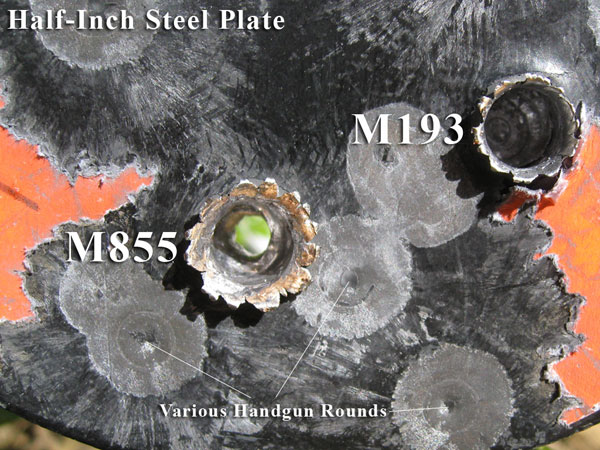Hey everyone.
I see a few questions regarding my shorthand term of "DR" in the article. I'm trying not to laugh out loud as I type this, so please forgive the occasional typo.
This article is part of a larger doc I wrote some months ago, for a campaign I'm running set in a modern, urban fantasy setting. A few weeks ago, someone asked those of us in the department if we wanted to write articles about our own campaigns. That someone heard that I was tinkering with a modern ruleset, and asked me if I would be interested in contributing. So what you're seeing is part of a larger doc that has been dissected into article-length features. Due to the word count of the feature, much expository text was cut, by me, for the sake of brevity. The DR bit was just shorthand to explain that damage of the type listed is reduced by the armor in question. I had hoped that this was easy enough to figure out given the sentence following the chart, but I can see that it has confused 3e aficionados. My apologies.
Regarding armor: I had hoped, again in error, that those interested in the article would go ahead and assume that pieces such as the tactical vest had armor plates in order to confer AC bonuses and damage resistances. A tactical vest is just nylon. Again, descriptions were cut for the sake of space, so you got me there. It was more important to me that everything fit in a table that was easy to reference. Most armors in the table were taken from the d20 Modern Corebook and the d20 Future book.
Regarding simulationism (and lack thereof): It is more important to me to preserve game balance than to worry obsessively about varying armor types, penetration values, etc. This article is simply a hack allowing the reader to inject modern armor into a D&D game if they so choose. I'm not looking to reinvent the wheel or create a whole new game. (Not that I wouldn't, but that is really not up to me!) If simulation is more important to you than the pick-up-and-play sensibilities of 5e D&D, I suggest you pick up Phoenix Command and give that a go. It should fulfill all of your simulation needs regarding firearm-based combat.
Yours,
Dan H.
P.S. If you'd like to see more articles in this series, go ahead and let the WotC D&D team know. Writing articles for the site is a lot of fun, and I'm happy to share my 5e Modern campaign with fellow fans of urban fantasy. D&D fans are the best fans in the world! (And sometimes the most bloodthirsty... but I love ya anyway.

)





